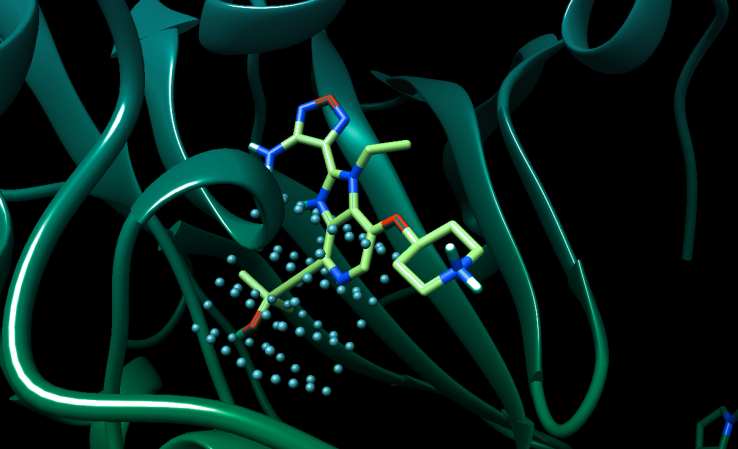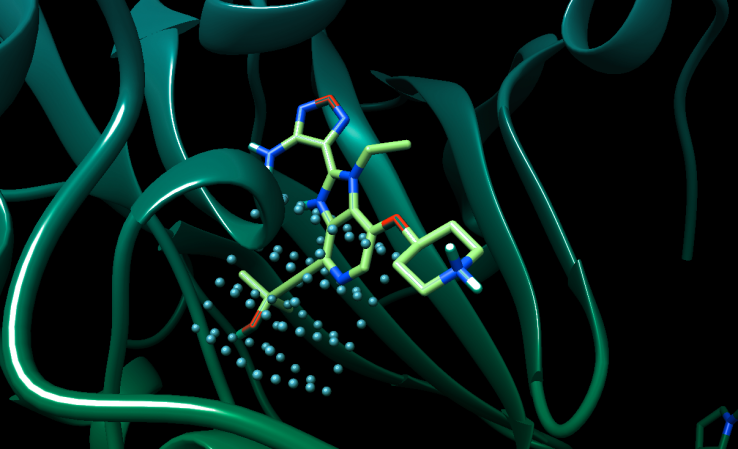
Atomwise, which uses deep learning to shorten the process of discovering new drugs, has raised a $45 million Series A. The round was led by Monsanto Growth Ventures, Data Collective (DCVC) and B Capital Group. Baidu Ventures, Tencent and Dolby Family Ventures, which are all new investors in Atomwise, also participated, as well as returning investors Y Combinator, Khosla Ventures and DFJ.
This means Atomwise, which was founded in 2012, has now raised more than $51 million in funding. The company, which aims to reduce the amount of money and time researchers spend on finding compounds for medications, says it now has more than 50 molecular discovery programs. Atomwise’s technology is also being used to develop safer, more effective agricultural pesticides.
In a press statement, Monsanto Growth Ventures partner Dr. Kiersten Stead said “We chose to invest based on the impressive results we saw from Atomwise in our own hands. Atomwise was able to find promising compounds against crop protection targets that are important areas of focus for agrochemical R&D.”
Atomwise’s software analyzes simulations of molecules, reducing the time researchers need to spend synthesizing and testing compounds. The company says it currently screens more than 10 million compounds each day. Atomwise’s AtomNet system uses deep learning algorithms to analyze molecules and predict how they might act in the human body, including their potential efficacy as medication, toxicity and side effects, at an earlier stage than in the traditional drug discovery process.
In an email, Atomwise chief executive officer Dr. Abraham Heifets told TechCrunch that the company’s vision “is to become one of the most prolific and diverse life science research groups in the world, working at a scale that is truly unprecedented. This is a large Series A and we will use these resources to grow our technical and business organization. We may eventually find ourselves simulating hundreds of millions of compounds per day. The ultimate upshot is more shots on goal for the many diseases that urgently need new treatments.”
Lead optimization “has historically been the most expensive step in the pharma pipeline,” Heifets added, adding that it also has a very high failure rate, with “about two-thirds of projects failing to even make it to the clinic and it takes five and a half years to get that far.”
When Atomwise launched six years ago, its technology seemed almost like something out of science fiction. Now there is a roster of companies using artificial intelligence and machine learning to analyze molecules and fix bottlenecks in the drug discovery process, including Recursion Pharmaceuticals, BenevolentAI, TwoXAR, Cyclica and Reverie Labs.
Heifets said one of Atomwise’s main advantages is the large number of projects it has worked on, which in turn improves its AI systems. The company’s clients include four of the top 10 biggest pharmaceutical companies in the United States, including Merck, Monsanto, more than 40 major research universities (Harvard, Duke, Stanford and Baylor College of Medicine among them) and biotech firms.
He added that Atomwise also differentiates in its focus.
“There are two distinct problems in drug discovery: biology and chemistry,” he said. “If you’re working on biology, you’re trying to decide which disease protein is the best one to target. A lot of AI companies in drug discovery are working on this target identification problem. Once you’ve chosen a target, you can start working on chemistry problems: how to deliver a non-toxic molecule that can hit the chosen disease protein. Atomwise is focused on these chemistry problems; specifically, Atomwise invented the use of deep neural networks for structure-based drug design.”
Featured Image: Atomwise




